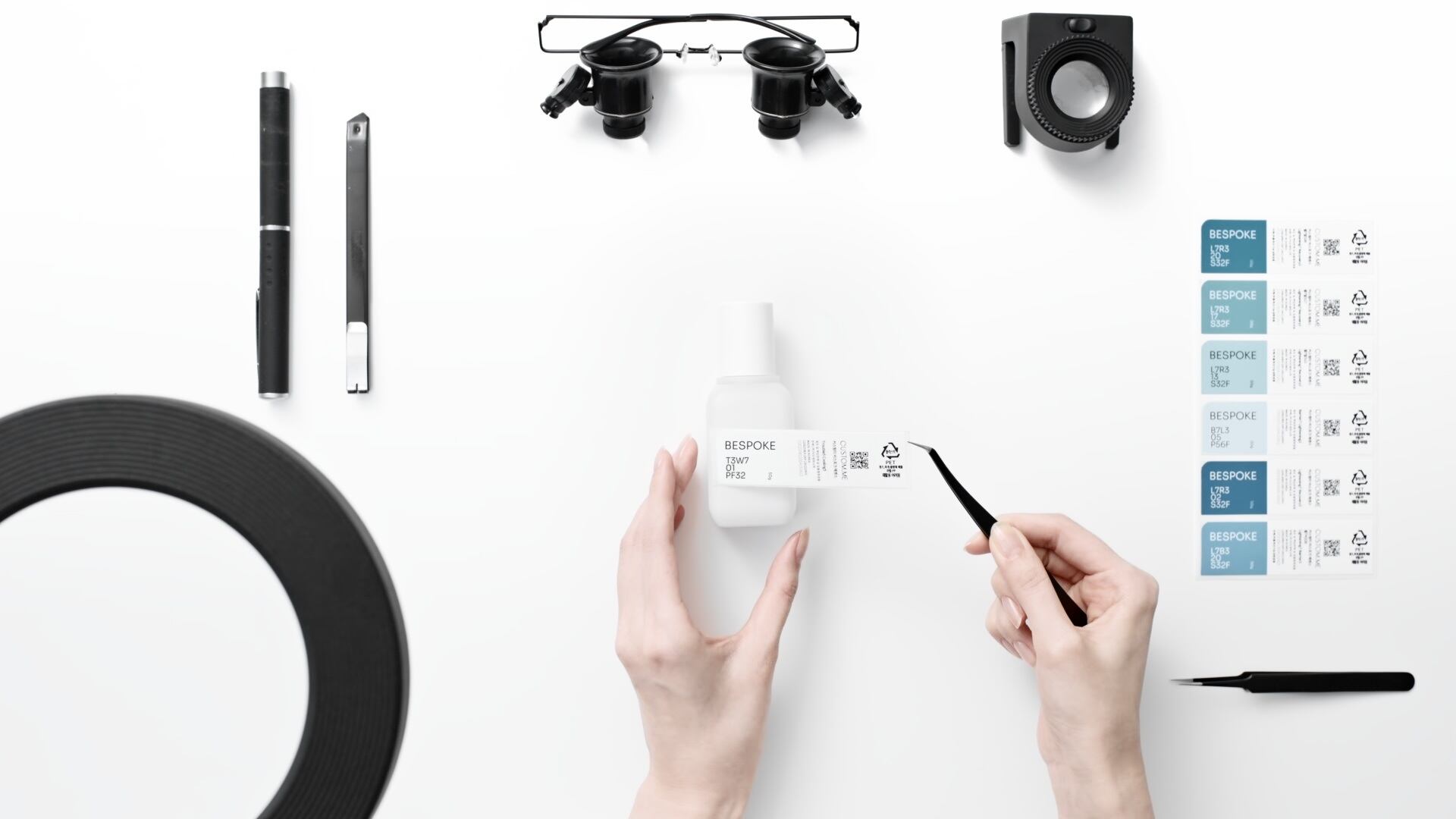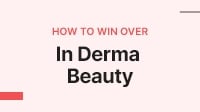Many treatments inhibit the overproduction of melanin. While this is important, it is only one factor of a multifaceted condition.
“There are several pigmentary disorders, and all have their own triggers, their own features and several multiparametric disorders. It’s not only melanin. It's a really broad disorder so I think this makes it a challenge to be treated, because you have to tackle, to address all the perturbation of the skin to have the right efficacy,” said Peggy Sextius, laboratory manager, exposome discovery domain, L’Oréal Research & Innovation (R&I).
“It is core that you need to stop the supply of melanin. If you have an overproduction or accumulation of melanin, it is core to stop the supply. But to treat the disorder, it’s important to tackle the whole function, not only the melanin. It is not enough for sure.”
There is a broad range of pigmentary disorders. Some are the most common are melasma, acne scarring and age spots.
“Melasma is associated with female hormones like during pregnancy or when taking hormone pills, for instance. There is also post-inflammatory hyperpigmentation, which are specific dark spots when skin is damaged. It could be following acne, a wound, or a burn. And you also have age spots that appear with ageing and chronic UV exposure,” Sextius explained.
“We really need to decipher each altered function of the skin to propose specifically, within each disorder, some specific solutions. For instance, if we tackle only melanin, we will have only part of the answer and it will be difficult to have breakthrough efficacy. But if we really try to resolve all the damage within the skin, it will be much better. We are continuing to decipher all those mechanisms to really propose holistic solutions.”
In addition to external factors like the environment, cosmetic companies need to keep up with the evolving beauty habits of the consumer.
Sextius highlighted that more people are opting for aesthetic treatments.
“It's important for us to address all the needs of the consumers. Aesthetic treatments are indeed rising and very often it is invasive treatments. Invasive means inflammation, so potentially if you have acute inflammation, you can have a post-inflammatory hyperpigmentation. Invasive means skin needs to heal following these treatments and very often there are relapses.”
She added: “We have to propose a solution on these territories: prevention of the inflammation; helping the healing process; and accompanying the procedure to make it more efficient and avoid a relapse as well.”
Inclusive treatment
In July, Sextius was at the 25th World Congress of Dermatology to present MELASYL, L’Oréal’s latest technology for the management of skin pigmentation.
MELASYL has been billed as the first inclusive solution that targets pigmentation while respecting the individual’s natural skin tone.
“This molecule is what we call an inclusive tone management molecule. It’s not going to block any process of pigmentation, instead, it magnifies your own skin tone, meaning that you keep your skin tone, but you magnify it. It’s about respecting the diversity of skin,” said Anne Colonna, general manager of L’Oréal R&I Advanced Research.





